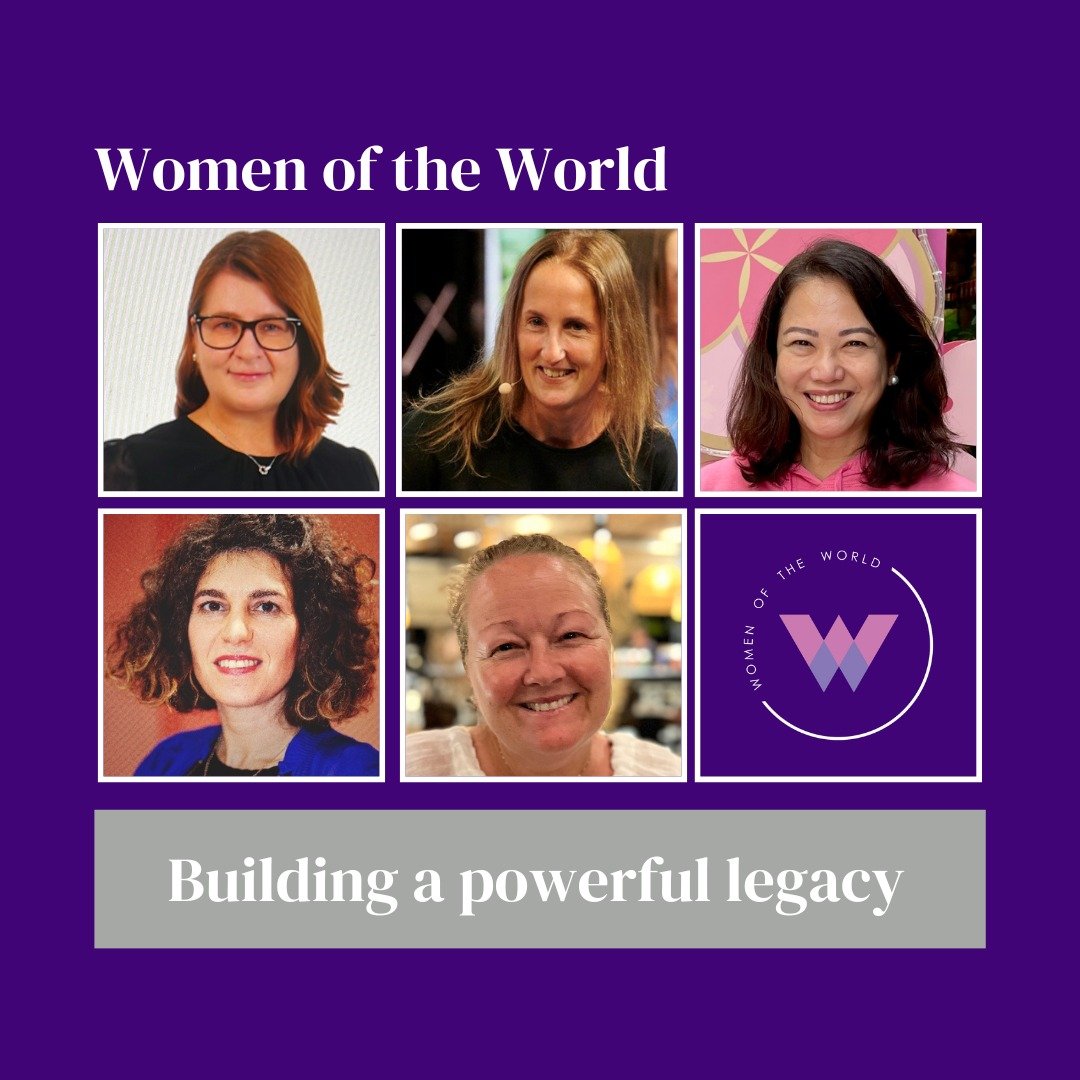Aida Santaolalla: Rising Above Prejudices
“What do you want to be when you grow up?” A typical answer from little girls would be a dancer, a teacher, a doctor, a nurse, a singer, an actress, or a veterinarian.
Dr. Aida Santaolalla’s response, however, was far from typical. Her mindset was “to be a scientist” – something related to chemistry and/or computer science.
“I like molecules. I enjoy computations,” says the senior data scientist with a PhD on ‘Data Reduction Methods To Study Cancer Susceptibility’ from King’s College London.
Her parents did not stop her. “My father said maybe not go into biology but something also to do with numbers… It was a good advice.”
Today, Aida’s top areas of expertise are Prostate Cancer, Esophageal Cancer, and Pancreatic Cancer. Her clinical research consists of co-authoring 52 peer-reviewed published articles in the past 10 years.
“How are we going to cure cancer?” It is the quest for answers that fuels Aida’s passion and persistence to incessantly work.
Demystifying Data Science
Data science may sound geeky, even alien, especially to girls. The myth that “boys are better at math, and girls are better in verbal skills” persists to this day.
Aida is a living proof that science and numbers are not exclusive to boys. She is currently a senior data scientist in the Translational Oncology and Urology Research (TOUR) Team in the School of Cancer & Pharmaceutical Sciences at King’s College London (UK).
“I am passionate about using epidemiological and biostatistical methods to address key challenges in human health and improve patient outcomes,” says the Spanish national who moved to the UK in 2011 where she now resides with her husband and daughter.
Spending time with her 5-year-old daughter is equally as important as working with patient data
After earning her undergraduate degree in BSc Biochemistry and Chemistry at University of Granada (Spain), Aida pursued an MSc in Bioinformatics for Health Sciences Health Science at University Pompeu Fabra (UPF) Barcelona and University of Barcelona (UB). Her master’s degree thesis was focused on the development of infrastructure for a biomedical project called IMIDKit, a Genome Wide Association Study of Immune Mediated Diseases. In that project she developed a web-interface and an epidemiological database to collect the clinical data as part of her master’s on Bioinformatics for Health Sciences At Barcelona Supercomputing Center (BSC).
Whether Aida is referred to as a data scientist, a cancer scientist, or a clinical researcher the goals remain constant: help doctors understand the disease, and help patients have the best possible treatment for the disease.
A highly motivated and accomplished senior epidemiologist and senior data scientist with over 10 years of experience in academia, Aida has a proven track record of leading and conducting high-quality research in oncology across the full patient pathway from disease burden to treatment and patient outcomes, including areas such as early detection and diagnosis, prognosis, patient risk stratification, molecular epidemiology/biomarkers, prediction modelling, treatment pathways and Patient and Public Involvement and Engagement (PPI&E).
Numbers Don’t Lie
The reverberating voices of “Me Too” crusaders may have reached all corners of the world. Despite that there is still the lack of diversity for women in tech who are disproportionately missing out on career opportunities especially in leadership positions. In the US alone, while women make up 47% of all employed adults (in 2022) they hold only 28% computing and mathematical roles.
Further statistics from Accenture show that the ratio of women to men in tech roles has declined in the past 35 years, with half of women who go into tech dropping out by the age of 35. The study attributes much of this decline to a lack of inclusivity for women in the industry.
She finds fulfilment in the academe teaching and mentoring
Data science, specifically, was once dubbed the “The Sexiest Job of the 21st Century” (Harvard Business Review 2012). While studies show the demand for highly-skilled data scientists has risen dramatically in the past decade, there are still not enough women in this field. Only 15% of data scientists were women in 2020. The gap continues to widen in senior and leadership roles.
Aida concedes that the challenges in gender and workplace culture gaps, which she experienced to some extent, are real. One of the examples she shared was in male-led meetings where she was a participant of. She was tasked “to take down notes” even if she holds a senior position.
Women Power
In a predominantly male industry, leadership roles for women are not handed on a silver platter. The pathway is not straightforward. It was a compelling enough reason for Aida to sign up with Women of the World’s (WOW) leadership master class programme in early 2023.
Surrounded by a diverse all-women global community of galvanizing coaches and peers with resonating stories gave her courage to aim higher. She’s resolute to rise above prejudicial career deterrents and let her track record speak for her.
Joining WOW has been an enriching experience. There’s so much women in leadership roles can do, which some don’t even think possible, according to Aida whose team comprises one man and more women.
“My most memorable WOW experience was meeting that rich and diverse group of women empowering each other. A significant moment during the training was the guided meditation led by Isa Buencamino that inspired my future career aspirations,” she says.
Aida: “There’s so much women in leadership roles can do, which some don’t even think possible.”
In Silico Lab
A typical work week for Aida comprises working on studies, meeting with doctors and scientists, thinking of new ideas for studies, communicating results in conferences and journals, supervising students and teaching.
“How are we going to cure cancer?” It is the quest for answers that fuels Aida’s passion and persistence to incessantly work. The process could take months, even years, before results could be reached.
“The patient’s pathway is key. Early detection through diagnostic tests increases the chance of survival. I’ve met inspiring patients who are super willing to help by participating in our clinical studies. Their giving attitude is amazing. Remember, we’re working with real patients so we have to be sensitive and responsible in using the data,” she says. “The sad part is when a patient dies. It’s hard not to be affected.”
When asked why she chose working in silico lab over providing medical care for cancer patients, Aida says, “I never saw myself as a medical doctor [oncologist]… I’m very empathetic and that could be a problem… I’m also not good at handling the sight of blood.”
Aida is a living proof that science and numbers are not exclusive to boys.
Encouraging Aspiring Scientists
Outside clinical research she finds fulfilment in the academe teaching and mentoring students taking undergraduate degrees, MA and PhD as well as guiding some in their career development. Doing so invigorates and inspires her. Their stories and dedication are uplifting.
“Ziying Zhang, a PhD student from China I was coaching, came back to me one day with graphics of data that she worked on her computer. It was amazing. When I asked why she simply said she wanted a visual presentation of data and statistics… and it worked. That really inspired me,” Aida enthuses. A graphic delivery of data adds colour to any presentation. It makes data science more exciting and easier to digest.
Encouraging young pupils to be a scientist
Having reached her childhood dream, here’s Aida’s advice to those who aspire to be in data science or similar fields:
● Don’t be scared of pursuing and doing what you like best.
● Don’t lose your passion even if it seems hard at first. You may think you’re not good enough, but you will overcome the hardship with training and determination.
● Don’t give up. It will just be a matter of time to reach your dream. Remember, you will encounter the same difficulties and challenges in any career.
Spending time with her 5-year-old daughter, an only child, is equally as important as working with patient data. Aida recently made time to give a 20-minute talk to 25 kids in her daughter’s class and other older kids in the school. The topic: Being A Scientist.
The proud mom came prepared with a 14-slide powerpoint presentation. The last slide nicely wrapped it up: “What do you need to be a scientist? Be curious. Be creative. Study.”
What followed was an animated Q&A session. Aida was pleasantly surprised with the positive reaction of the class.
“It was very interesting. A lot of the girls really spoke up and asked questions! ‘How many years do you have to study to be a scientist?’ was one of the questions,” she laughs.
By the time her daughter and classmates enter university, there’s a high probability a good number of girls would want to be a scientist – just like Dr. Aida Santaolalla did years ago. Hopefully, the world of science, technology, and mathematics would be more inclusive so that more women could have non-discriminatory opportunities of being recognised for their work and elevated to senior and leadership roles.
Debbie | ws
Aida Santaolalla | Email: aida.santaolalla@kcl.ac.uk | Women of the World (WOW) | Email: WOW@whatsinsideltd.com







